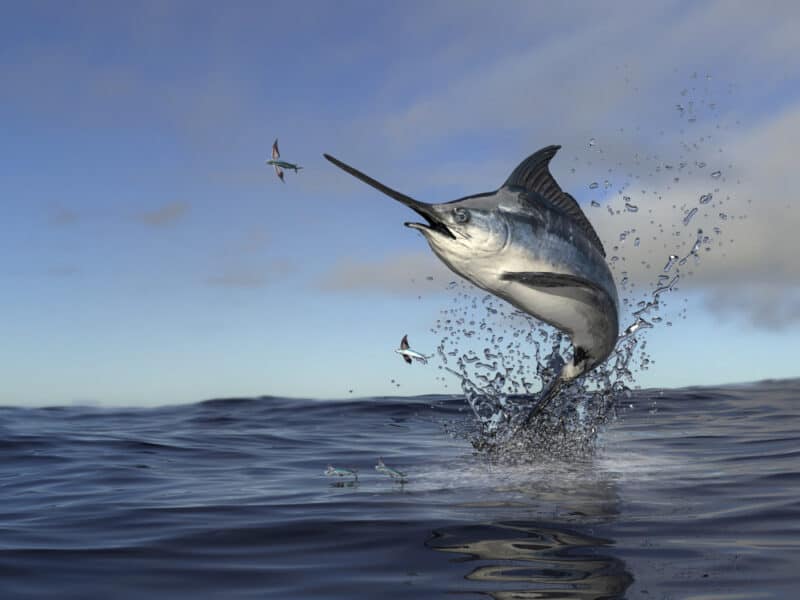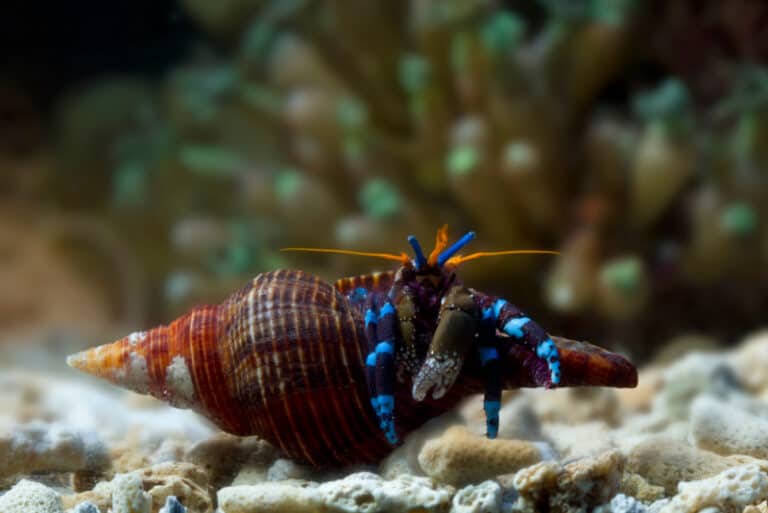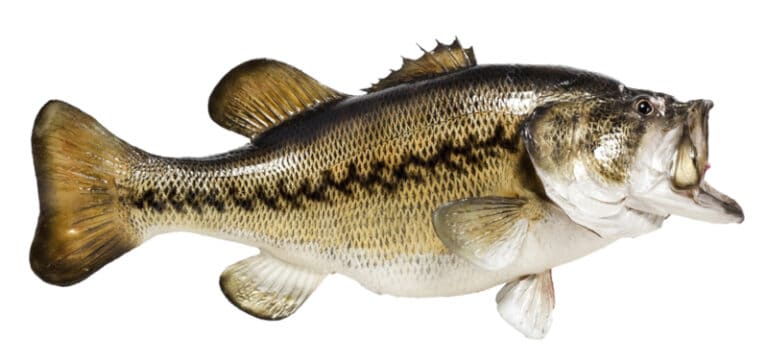Can You Eat a Sailfish?

It is certainly possible to eat sailfish, and many people outside the United States do so. But US federal regulations specify that sailfish are to be caught and released, and not prepared as a food dish. Commercial fishing around the world has reduced the sailfish population considerably. This has undoubtedly contributed to the US sanctions against eating this particular fish.
Those who have eaten sailfish declare that it tastes a lot like tuna, but that it also has a very strong fishy flavor. Those countries which do allow sailfish to be caught and consumed will generally have people preparing it with vegetables. By either frying, broiling, or baking the sailfish, it provides a great-tasting meal.
Many people also think that sailfish tastes very similar to swordfish or mahi-mahi, although most consider that it has a milder flavor than either of those other two types of fish. If you don’t like the strong fishy flavor, this can easily be masked by adding seasoning or some kind of special sauce that would be appropriate for this type of fish.
What is a sailfish?
A sailfish is frequently mistaken for a swordfish, since the two have very similar appearances. The name for this fish is derived from the oversized dorsal fin, which resembles a sail in appearance, and which stands out quite prominently on the fish. In fact, some sailfish have a sail that is taller than their body’s length, so it can be quite imposing.
Sailfish are known to be one of the fastest moving fish in the oceans of the world, being capable of traveling through the water at speeds up to 70 mph. They are known to have a lifespan of 15 years or more under benign conditions in their environment. Some of the biggest sailfish caught to date are as much as 12 feet long, and weigh up to 225 lbs.
That means they can provide quite a bit of meat for a fisherman who can legally catch them and feed their family with the flesh of the fish. In countries that do not restrict the eating of sailfish, this is one of the prime reasons they are so highly sought after – they can literally feed an entire family for days, and possibly even weeks at a time.
Are there any health concerns about eating sailfish?
Sailfish generally contain a significant amount of mercury because of their diet, which consists of eating other fish and other types of seafood. Since mercury can cause some health problems for humans, sailfish should only be consumed in moderation, so that excessive mercury doesn’t have a chance to build up.
If sailfish happen to consume prey which is already contaminated, it could conceivably build up mercury, lead, or nickel in their tissues, and those heavy metals would then be passed on to humans. Given the fact that sailfish are exclusively carnivores, they tend to accumulate a high volume of heavy metals in their tissues and this should be taken into consideration when consuming sailfish.
When mercury is ingested in excessive quantities over a long period of time, it can cause quite a bit of damage to the brain, liver, nervous system, and kidneys. It’s also possible that excessive ingestion of mercury can cause cancer in humans. People who are most affected by mercury are women who have become pregnant, since it is known that mercury will cross the placenta and impact the development of an unborn infant.
Some infants of mothers who have ingested excessive amounts of mercury have been born with irreversible damage to their neurological systems. The brain and the nervous system can be significantly affected by mercury. It’s entirely possible that the infant will be born with some kind of physical retardation.
In the past, some infants have been born with reduced motor skills, cognitive skills, and memory abilities. Keep in mind that all these negative impacts will only occur if someone consumes an excessive amount of mercury or other heavy metals from sailfish. This also includes other predatory types of fish in the oceans.
Are there any health benefits from eating sailfish?
Sailfish is rich in Omega-3 content, and that’s extremely good for maintaining proper brain function. It’s also a great source of lean protein, which the human body needs in significant quantities. Sailfish includes a number of fatty acids that cannot be produced by the human body. Therefore, it’s a great source of some key elements needed by humans.
Just like most other types of fish, fish can provide a big boost to a healthy diet, as long as it is only eaten in moderation. People in underdeveloped countries who make a habit of eating sailfish frequently are at risk of developing some of the health concerns described above. So the thing to remember about eating sailfish is that it can be a very good addition to your diet. As long as it is only eaten occasionally and not as a regular part of someone’s diet.
How should sailfish be cooked?
There are quite a few different ways that sailfish can be cooked, so that it comes out very tasty and appealing to people. The most popular ways to prepare sailfish are by baking, grilling, or frying, depending on personal preferences. It should be noted that sailfish should not be overcooked. If so, it will cause it to become tough and dry for consumption.
Most chefs like to add some oil or butter into a frying pan before cooking their sailfish. Then they add garlic, seasoning, or other condiments to perk up the flavor of the fish. It really only takes about 10 minutes to cook a portion of sailfish. It should be cooked to a medium-rare state, because this is the best way to preserve its moisture.
That will avoid the possibility of having the fish slip into a dry and tough state for consumption. Of course, everyone tends to have their favorite cooking methods. Whoever is consuming the fish will also have their personal preferences. That means when preparing sailfish, you’ll need to take all these opinions into consideration and try to prepare the fish in its most edible form. All while still having strong appeal for those who will actually consume the fish.
You can also read:






